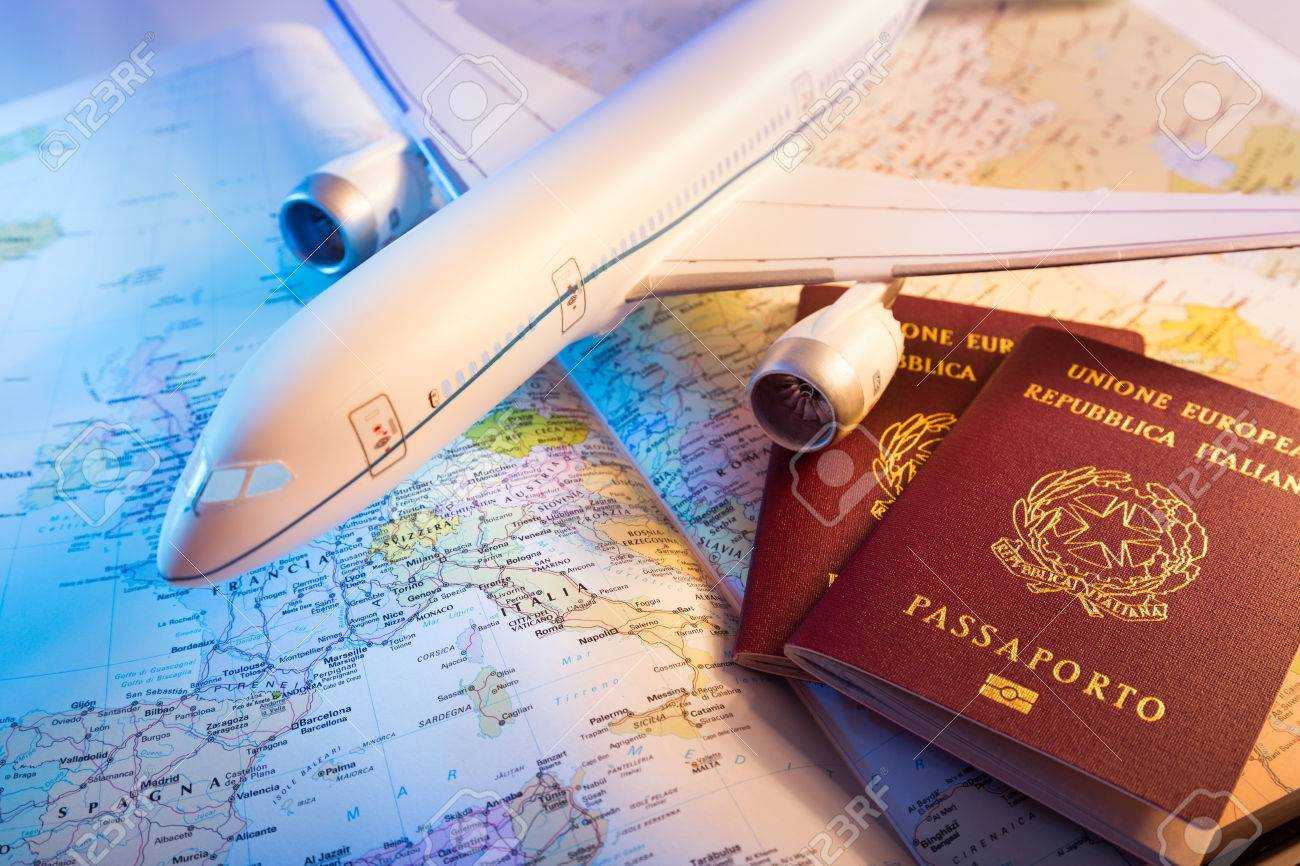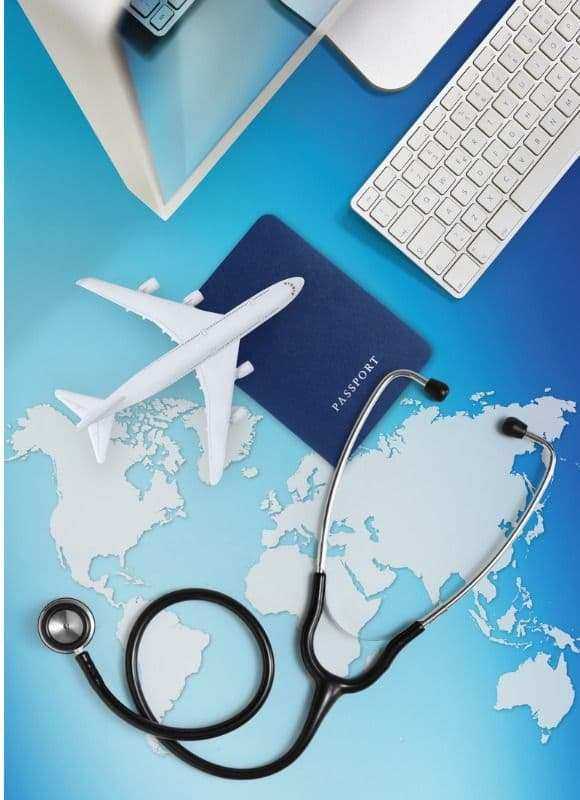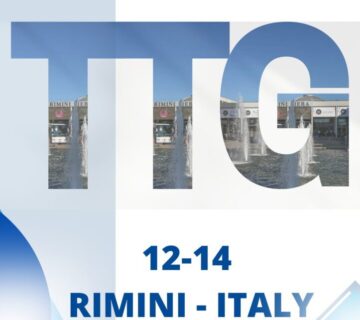Medical Tourism; From Tourists’
Motivations to the Role of
Facilitators in Destination Choice
Sadaf Shahin poor
Marketing counselor in SSKMEDTOUR

One of the sectors of tourism that has grown significantly in recent decades and has attracted the attention of many destinations, especially developing countries, is medical tourism. All statistics and reports indicate the growth of this industry in the world. The global medical tourism market was valued at USD 10.1 billion in 2021 and expect to grow to around USD 37.2 billion by 2027. In the next ten years, 3 to 4 percent of the world›s population will travel to other countries for medical services. According to the Medical Tourism Association, medical tourism revenue grow to $ 3 trillion by 2025. Not surprisingly, almost all countries are looking to gain market share, but since there are many factors involved in the development of this industry, gaining a good position is not easy. Understanding the needs and motivations of tourists in choosing a destination is the first step in attracting medical tourists. Tourists› motivations can generally classify into three groups:
1. Cost
There is no doubt that saving is the most substantial factor in choosing a medical tourism destination. Patients from developed countries searching for affordable medical services usually travel to India, Malaysia, Thailand,
Singapore, Turkey, Mexico, Colombia, and even Iran. For example, Heart surgery in the United States costs $ 123,000, compared to $ 15,000 $,27,000, and $ 8,000, respectively, in Mexico, Thailand, and India, which means 40 to 90 percent savings in medical costs.
2. Quality
Access to high-quality medical services is another motivation for medical tourists to travel to other countries. Modern technologies and equipment, specialized staff, different medical services, and innovative treatment
methods are some of the factors that affect patients’ perception of quality. South Korea as one of the most popular destinations for plastic surgery has been attracting foreign patients with advanced medical technologies
and services during the past decade.
3. Lack of access to treatments
When a special medical service denies in the home country, individuals who face long waiting lists, legal prohibitions, and lack of medical facilities are motivated to cross the border to receive those services. Gender reassignment, organ transplants, and infertility treatments are unavailable or banned in some places. Although motivation as an internal factor plays a decisive role in choosing a destination, the influence of facilitators in the decision-making process should not overlook. Travel agencies, insurance companies, medical tourism associations, specialized media, and medical travel planners that indirectly attract international patients are facilitators. Facilitators are the link between a potential consumer and an overseas medical provider. The information provided to tourists through them plays an important role in guiding medical travelers to make the right decision.
The medical tourism facilitator receives all medical reports, consults with physicians, and decides which center is appropriate for the patient’s needs. Medical tourism facilitators provide a variety of services including air travel
and visa arrangement, medical screening and medical consultations (prior to travel), coordinate communication between local doctors and international doctors (destination country), the transmission of medical
records, accommodations arrangement (while recuperating in the destination country), and follow-up care arrangement (upon return to the home country). Facilitators who are in touch with the patient
from the earliest stages of planning; have a significant impact on creating a positive travel experience and thus tourist loyalty to the destination. The approach that facilitators take to providing information to tourists is tremendous in shaping the positive or negative experience. Facilitators need to have a thorough understanding of their target market to deliver the right message. For example, American facilitators tend to provide generalized information via their website, focusing on factors that help the prospective traveler adapt to the idea of travel for medical services and understand what to expect. Other countries focus on detailed information about the designed tours, such as the tour time and services, on their website. Since U.S. residents are less compatible with the concept of medical tourism than many other countries, the marketing message provided by the facilitators seems to fit the characteristics of American tourists. Paying attention to the type of services can also be effective in attracting tourists. In the United States and Europe, facilitators focus more on differentiating their services from competitors. In Asia, however, the goal is to provide personalized and more diverse services. Regardless of what approach facilitators use to provide information, it is vital to understand the tourists’ needs and their concerns, which can lead to better quality services.
About me:
I hold a bachelor’s degree in tourism management and just recently finished my master’s in tourism marketing at Tehran University. I have two-year experience in organizing tours and planning events at Sustainable Tourism Development Institute. I also worked as a content writer for a company specialized in digital marketing. I am currently working as an English tutor.





No comment